The Secret Bench
Friday, March 24, 2023
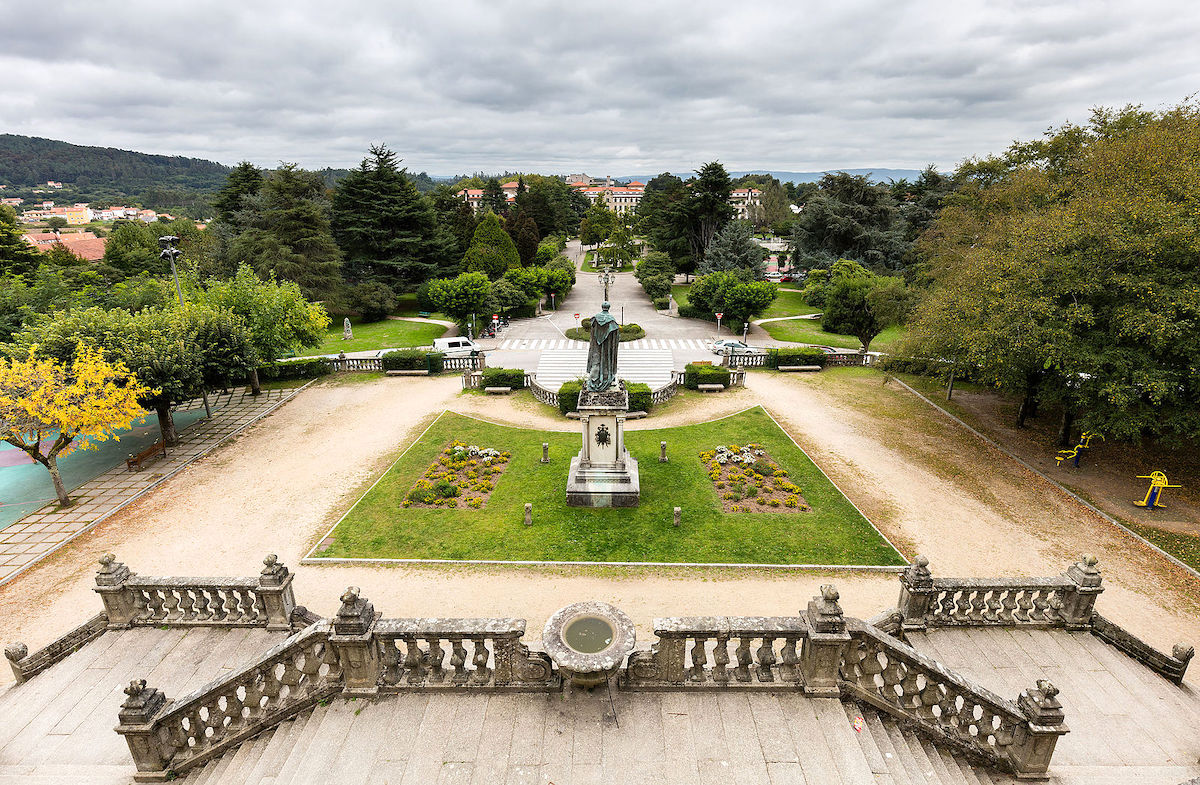
The beautiful "Parque de la Alameda" Santiago de Compostela is reminiscent of a country estate, anchored at the centre by the 17th-century Baroque chapel of Santa Susana. There are lush gardens, historic statuary, elaborate tiered steps, and an unassuming stone bench: a “banco acústico” that holds a hundred years of secrets and whispers.
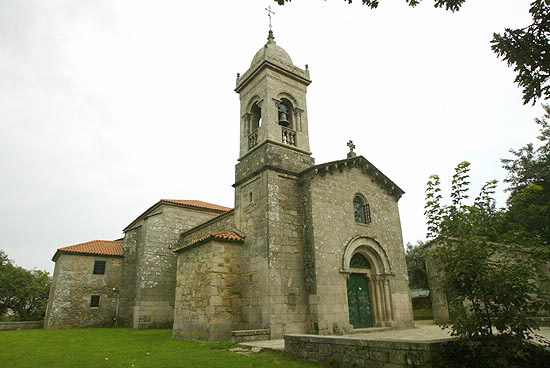
The granite seat is known as the Bench of Whispers, or sometimes the Lovers Bench. Its semicircular design and physical orientation give it an unusual acoustic characteristic. If you sit at one end and place your head up against the back of the seat, and speak even in the softest tones, your voice travels all the way across to the other end just as loud or even louder than it started out, if that's possible..!
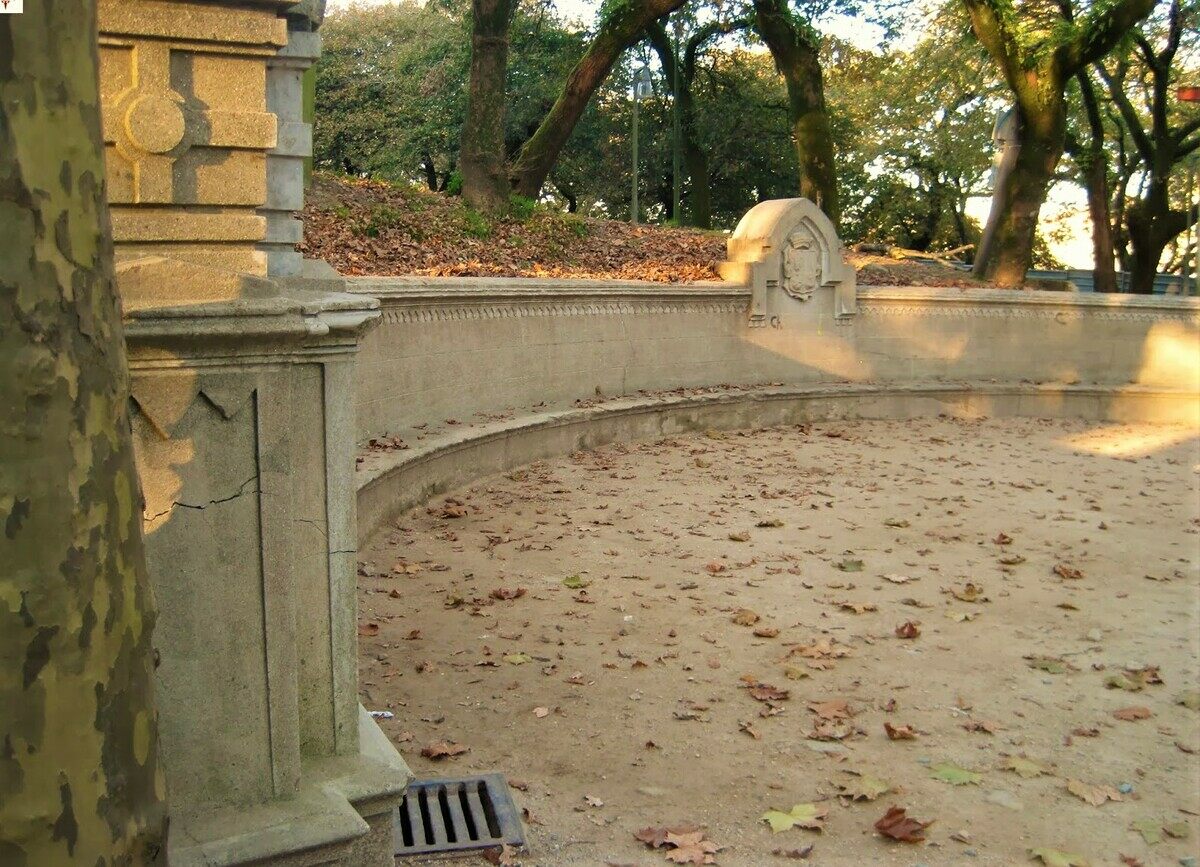
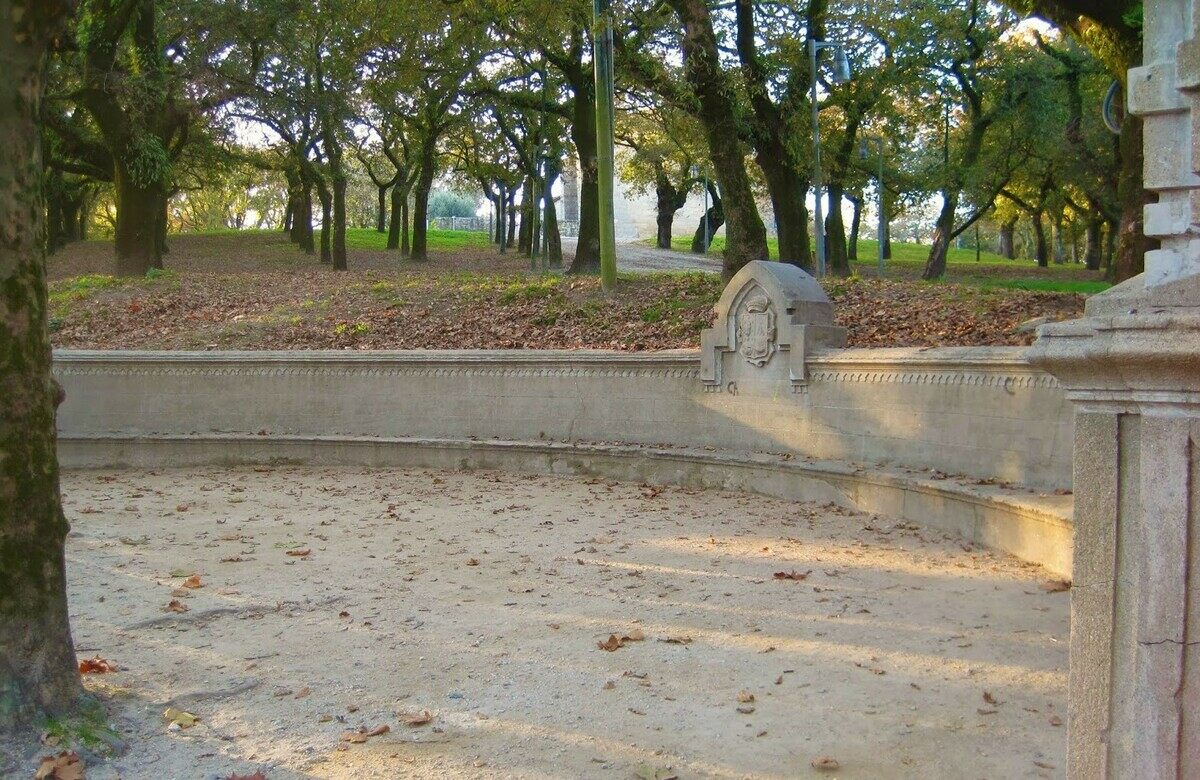
The bench was added to the park around 1916, and its special properties were soon noticed by courting couples. The spot became a well-known destination for innocent dates during the Franco years when an emphasis on strict social behaviour included regulating young unmarried couples. Touching in public, or even speaking, was against the rules. So suggesting an innocent walk in the park, where maybe your partner just happened to be walking too, might end up with a secret romantic word or two.
The nature of sound travel at the bench is similar to the phenomenon of the Whispering Galleries at the dome of St. Paul’s Cathedral or at Grand Central Terminal.
 3
Like
Published at 1:18 PM Comments (1)
3
Like
Published at 1:18 PM Comments (1)
An Icon for Law and Order
Friday, March 17, 2023

Ever wondered why the Spanish civil guards wear that funny hat? Well, I thought I would give you a little background on Spain’s first police force and why their hat became an icon for law and order.
Spain’s Guardia Civil was founded as a national police force in 1844 during the reign of Queen Isabel II of Spain by the Basque Navarrese aristocrat Francisco Javier Girón y Ezpeleta, 2nd Duque de Ahumada and 5th Marqués de las Amarillas, an 11th generation descendant of Aztec Emperor Moctezuma II. Formerly, law enforcement had been the responsibility of the “Holy Brotherhood”, an organization of municipal leagues. Corruption was rife in the Brotherhood, where officials were constantly subject to local political influence, and the system was largely ineffective outside the major towns and cities. Criminals would often escape justice by simply moving from one town to another. The first Guardia police academy was established in the town of Valdemoro, south of Madrid, in 1855 and Graduates were given the Guardia's now famous Tricornio or Cavaliers hat as part of their duty dress uniform, a hat that has become an emblem of Spain, especially Spain’s dictatorship years.
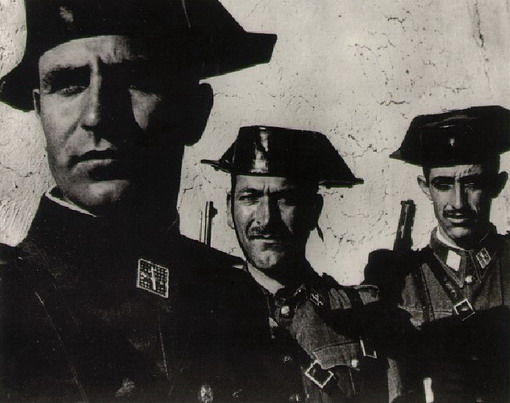 The Guardia was initially charged with putting an end to brigandage on the nation's highways, particularly in the province of Andalucía, which had become notorious for endless robberies and holdups of businessmen, peddlers, travellers, and even foreign tourists. Bandits in this region were so frequent that the Guardia found it difficult to completely eradicate the problem. As late as 1884, one traveller of the day reported that the problems still existed in and around the city of Málaga. The favourite and original method of the Malagueño highwayman was to creep up quietly behind his victim, muffle his head and arms in a cloak, and then relieve him of his valuables. Should he resist, he would instantly bring him to the ground with the dexterous thrust of a knife. The Guardia was initially charged with putting an end to brigandage on the nation's highways, particularly in the province of Andalucía, which had become notorious for endless robberies and holdups of businessmen, peddlers, travellers, and even foreign tourists. Bandits in this region were so frequent that the Guardia found it difficult to completely eradicate the problem. As late as 1884, one traveller of the day reported that the problems still existed in and around the city of Málaga. The favourite and original method of the Malagueño highwayman was to creep up quietly behind his victim, muffle his head and arms in a cloak, and then relieve him of his valuables. Should he resist, he would instantly bring him to the ground with the dexterous thrust of a knife.
The Guardia Civil was also given the political task of restoring and maintaining land ownership and servitude among the peasantry of Spain by the king, who desired to stop the spread of anti-monarchist movements inspired by the French revolution. The end of the First Carlist War had left the Spanish landscape scarred by the destruction and the government was forced to take drastic action to suppress spontaneous revolts by the remaining rebel peasantry. Based on the model of light infantry used by Napoleon in his European campaigns, the Guardia Civil was transformed into a highly mobile paramilitary force that could be deployed irrespective of inhospitable conditions, able to patrol and pacify large areas of the countryside. Its members, called 'guardias', maintain to this day a basic patrol unit formed by two agents, usually called a "pareja" (a pair), in which one of the 'guardias' will initiate the intervention while the second 'guardia' serves as a backup to the first.
Today the Guardia Civil is a police force subject to the checks and supervision expected in a democratic society. Moreover, the guardias' proven effectiveness throughout history, whether in controlling banditry or in addressing the subsequent challenges and tasks given to them, meant that additional tasks have been added regularly to their job description.
Today, they are primarily responsible for policing and/or safety in the following areas:
Highway patrol, Protection of the Royal Family and the King of Spain, Military police, Counter drugs operations, Anti-smuggling operations, Customs and ports of entry control, Airport Security, Safety of prisons and safeguarding of prisoners, Weapons licenses and arms control, Security of border areas, Bomb squad and explosives, Security in rural areas, Anti-terrorism, Coast guard, Police deployments abroad (embassies), Intelligence and counter-intelligence gathering, Cybercrime, Hunting permits and finally Environmental law enforcement (SEPRONA).
In January 2011 the Civil Guard of Spain, La Benemérita, renewed its uniform, unchanged since 1986. The military association inherent to their old attire was replaced by a police force aesthetic: polo shirts and cargo pants substituted button-up shirts and pleated trousers. The colour of the uniform changed too: a dark shade of green replaced the former lighter-coloured military green.
The most important modification, however, was the replacement of the 'tricornio', a three-cornered hat made of black polished leather, in the heritage of the ones worn by Spanish soldiers during the 17th century. The substitution surprised everyone; the 'tricornio' was the quintessential symbol of the Civil Guards. Imagine supplanting the cowboy hat with a baseball cap—no small step for a military institution.
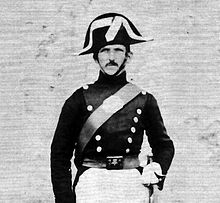 Tidiness and cleanliness were attributes emphasised in La Benemérita’s uniform code since the foundation of the institution back in 1844. The founder, Don Francisco Javier Girón y Ezpeleta, believed that it was important to create a police force that the Spanish population would respect at first sight even fear. The value of the aesthetic was given the highest importance and was carefully managed. The elegance and uniformity of the attire were praised and valued. Blue was chosen as the main colour (replaced by green in the reform of 1943) and the tricornio as the element of uniformity. Don Ramón María de Narváez y Campos, Duque de Valencia and prime minister at the time, chose the three-cornered hat used by the Spanish cavalry for the new police force headwear. The Duque de Ahumada didn’t agree with the idea, however; he favoured the notion of borrowing the Morrión style, a steel helmet used by the Tercios, the famous and feared Spanish infantry formation of the XVI century. Queen Isabella II had the last word; she backed the prime minister’s opinion, and the three-cornered hat was appointed official Guardia Civil headwear. Tidiness and cleanliness were attributes emphasised in La Benemérita’s uniform code since the foundation of the institution back in 1844. The founder, Don Francisco Javier Girón y Ezpeleta, believed that it was important to create a police force that the Spanish population would respect at first sight even fear. The value of the aesthetic was given the highest importance and was carefully managed. The elegance and uniformity of the attire were praised and valued. Blue was chosen as the main colour (replaced by green in the reform of 1943) and the tricornio as the element of uniformity. Don Ramón María de Narváez y Campos, Duque de Valencia and prime minister at the time, chose the three-cornered hat used by the Spanish cavalry for the new police force headwear. The Duque de Ahumada didn’t agree with the idea, however; he favoured the notion of borrowing the Morrión style, a steel helmet used by the Tercios, the famous and feared Spanish infantry formation of the XVI century. Queen Isabella II had the last word; she backed the prime minister’s opinion, and the three-cornered hat was appointed official Guardia Civil headwear.
The Guardia Civil was a tool for repression and civil order. Their constant excesses and lack of responsibility for their actions made them extremely unpopular in the beginning. They were feared, and so was their uniform. The poet Federico Garcia Lorca portrayed the brutality of the Guardia Civil in many of his poems. Furthermore, nothing signified repression more than their tricornio, and even to this day there are popular jokes that relate the “magical” power of the hat, that it transferred violence to whoever wore it. During the dictatorship of Franco, it was the tricornio that symbolised the merciless will of the “Caudillo”.
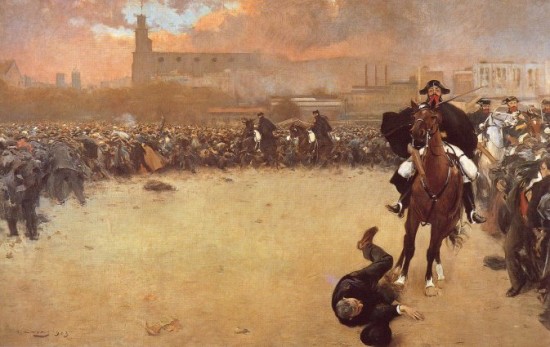
Fortunately, those days are gone. The Guardia Civil has evolved as did society and Spain’s democracy, it was the first European police force to admit a same-sex couple in a military installation, which was no small step for such a right-winged organisation.
The tricornio, however, won’t disappear just yet. Its use will be reserved for ceremonies and parades, and the 'gorra teresiana', the everyday hat, will be replaced by a “more comfortable and modern” baseball cap. So there you have it, the inherent attributes of authority, power, and law are put aside to bring in airs of casualness and practicality.
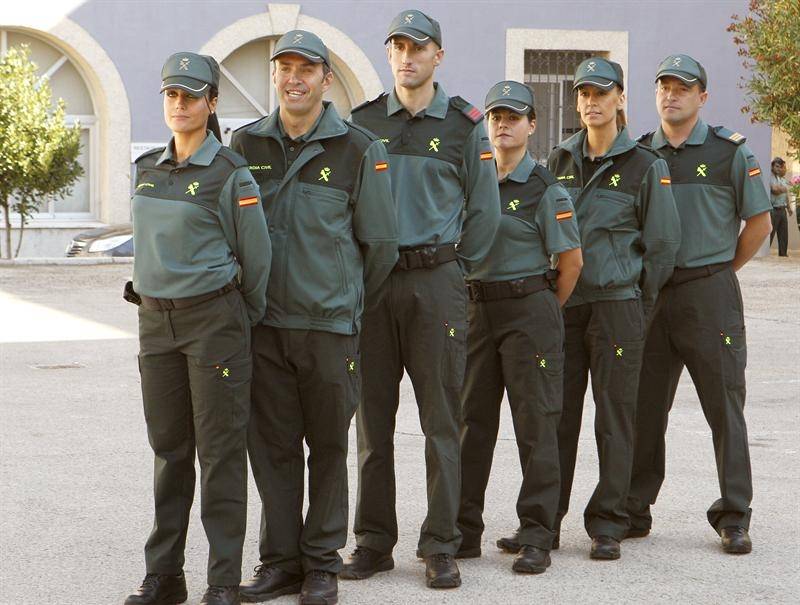
 2
Like
Published at 4:38 PM Comments (2)
2
Like
Published at 4:38 PM Comments (2)
Chupa Chups - The Original Lollipop
Thursday, March 9, 2023
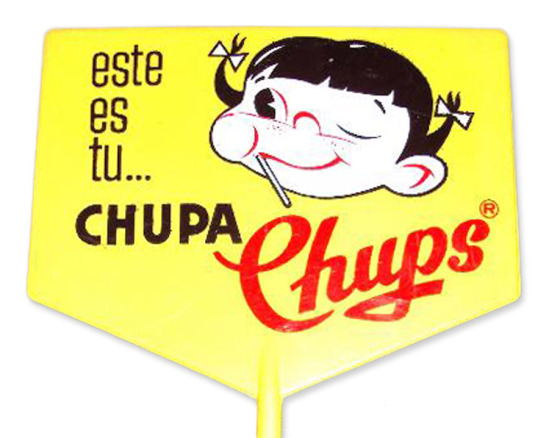
Up until the late 1950s, sweets were different shapes and colours. But children, being children, would pop them in and out of their mouths regularly to examine them, to talk to friends, to hide them from parents or to put them in their pockets for later. This meant that kids and sweets were a messy mix.
In 1958 Enric Bernat created a universally appealing sweet that would make kids and parents happy.
In the early 1950s, Bernat worked for an apple jam factory called "Granja Asturias". After he proposed the idea of making lollipops, the investors left so Bernat took over the company in 1958. He built the production machines and sold a striped bonbon on a wooden stick for one peseta each.
Bernat’s original idea was a piece of candy on a fork. After several experiments with small forks, Bernat saw the opportunity for production on a larger scale. Before the first Chupa Chups lollipop hit the market, however, the fork was substituted with a wooden stick as a safer and less expensive alternative
Bernat got the idea of a "bonbon with a stick" from a cursing mother as her child got sticky hands from melting sweets. Bernat felt that at that time, sweets were not designed with the main consumers — children — in mind. Shopkeepers were instructed to place the lollipops near the cash register within reach of children's hands, instead of the traditional placement behind the counter and Chupa Chups stood out from other sweets with displays that were cute, curious and creative.
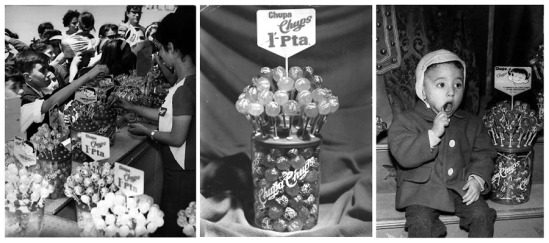
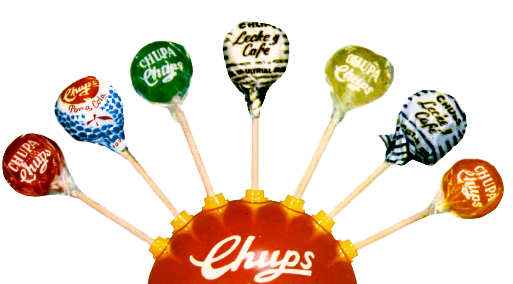
At first, he decided to call it “GOL”, imagining the sweet was a bit like a football and an open mouth was a bit like a football net.
But it wasn’t quite catchy enough, so he hired an advertising agency to come up with a creative new name for him, Chups.
Then, consumers stepped in. The catchy jingle used to market Chups proved so successful, that it changed the name of the sweet!
Get something sweet to lick, lick, lick, like a Chups.
Get something sweet to lick, lick, lick, like a Chups.
It’s so round and it lasts so long.
“Lick, lick lick a Chups” [“Chupa, chupa, chupa Chups”]

Sales of Chupa Chups lollipops abroad prompted the need for a modernised wrapper design. For this important task, a visit was paid to Salvador Dalí, who, in less than an hour created the famous daisy logo. He also changed the logo to only two colours and insisted that his logo be positioned on top of the lollipop so that it could be seen perfectly from every angle. This very logo is still pretty much the logo in use today. And these little changes made it iconic.
In 1988 it was revamped a little and that is the design that has stuck till today. Bright, cheerful and unique, it has proven universally popular with the public. It has become the definitive icon for a world famous brand.
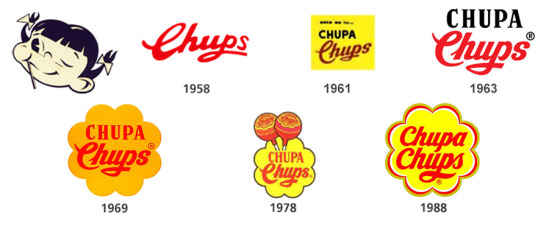
The Chupa Chups Company was a success. Within five years Bernat's sweets were being sold at 300,000 outlets. After the end of the Francisco Franco dictatorship (1939–75), the self-funded private company went international. In the 1970s the lollipops appeared in Japan and Southeast Asian countries such as Indonesia, Singapore, Philippines and Malaysia, as well as Australia. In the 1980s it expanded to the European and North American markets, and in the 1990s to most Asian countries, including South Korea and China. Nowadays billions of lollipops a year are sold in over 150 countries.

 2
Like
Published at 9:59 PM Comments (0)
2
Like
Published at 9:59 PM Comments (0)
March Means Marzipan
Wednesday, March 1, 2023
 Mazapán - marzipan - means March's bread. This delicious sweetmeat's origin is disputed by several nations, however, there are two theories which are more backed up by historians than others. Spain claims it was invented in Toledo and Italy says it was in Sicily. Should you ever go to Spain, be sure to taste the best marzipan that Spain has to offer. Mazapán - marzipan - means March's bread. This delicious sweetmeat's origin is disputed by several nations, however, there are two theories which are more backed up by historians than others. Spain claims it was invented in Toledo and Italy says it was in Sicily. Should you ever go to Spain, be sure to taste the best marzipan that Spain has to offer.
However going back even further there is little certainty. On the one hand, it is said that mazapán's -marzipan- true origin is Arabic as described in One Thousand and One Nights and it is described as being used during the hardships of Ramadan or as an aphrodisiac; the European version is basically a variation. On the other hand, we also know of a similar preparation in ancient Greece, where a paste of almonds and honey was made, however, it was during Christian times that it was included in the Easter preparations. Anyhow, let's explore the more recent theories.
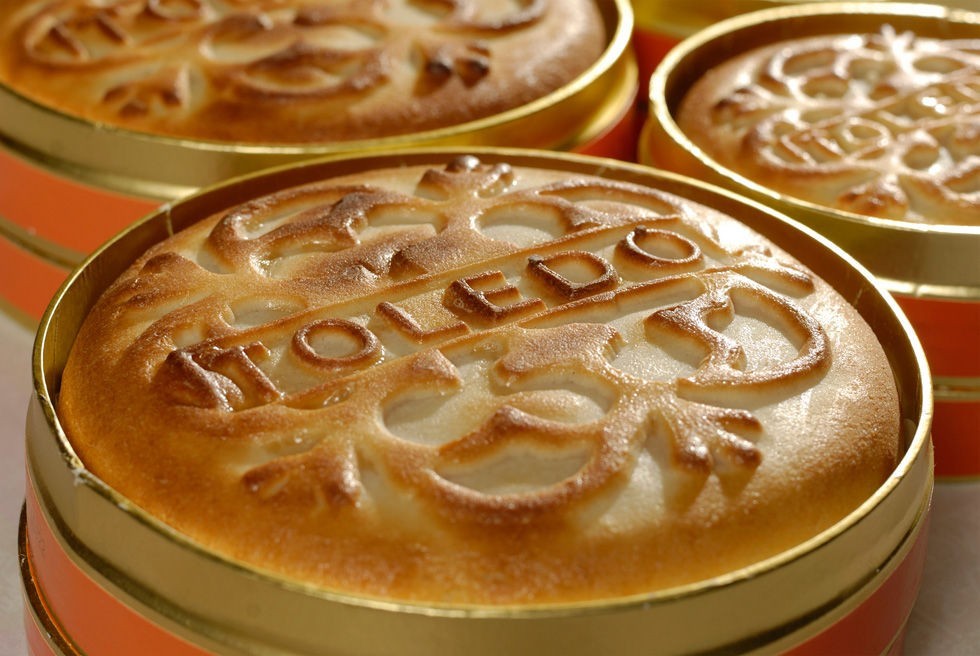
Toledo was one of the multicultural and multi-religious cities where Christians, Jews and Muslims lived together in perfect harmony and would do so for a few centuries. It is not to wonder then that the invention of mazapán or marzipan, as we know it today, is pretty much a variation of an Arabic sweetmeat.
According to this version, marzipan was invented by nuns of the Convent of San Clemente in Toledo. After the Battle of Las Navas de Tolosa, where several of the would-be Spanish kingdoms fought the Muslims, as an attempt to reconquer the occupied territory, there was a terrible famine in Castile. At the time there was no wheat stored in the city, but there was plenty of sugar and almonds and the nuns fed a paste made with these two ingredients, and perhaps some others, to the undernourished people of the city.
We know that in the hospital Santiago de Toledo a preparation of shredded hen breast mixed with with almonds and sugar was prescribed which was said to be a variety of mazapán. However thanks to the ordinance made in the year of 1613, confectioners only accepted almonds and white sugar as the ingredients of true marzipan.
Sicily
 According to the other theory, marzipan was invented in 1193. An Italian wealthy woman of high birth and noble origin, Eloisa Martorana commissioned a convent to be built in Sicily, and it was called after her. The nuns of this convent had Greek origins and spent their time in the elaboration of a paste made of sugar and almond, which they later shaped in miniature animals or fruit. They would then paint it in vibrant colours with different natural dyes, including pigments extracted from roses, saffron and pistachio nuts. According to the other theory, marzipan was invented in 1193. An Italian wealthy woman of high birth and noble origin, Eloisa Martorana commissioned a convent to be built in Sicily, and it was called after her. The nuns of this convent had Greek origins and spent their time in the elaboration of a paste made of sugar and almond, which they later shaped in miniature animals or fruit. They would then paint it in vibrant colours with different natural dyes, including pigments extracted from roses, saffron and pistachio nuts.
Marzipane (marzipan in Italian)became famous and kept the nuns occupied most of the time. In 1575 the elaboration of marzipan was forbidden by royal decree, as the production of the sweetmeat distracted the nuns from their religious practices. Apparently, the nuns still found ways, despite the decree, to continue making mazapán.
Marzipan became so popular in Spain that, during the time of Spanish colonisation, the dish was exported to the various countries that fell under Spanish rule such as many of the countries in South America as well as some of the islands in South East Asia. As a result, some of the countries have developed their own varieties of the sweet, mainly varying on the type of nut used.
In the Philippines for example, their marzipan is called 'mazapán de pili' because it is made using pili nuts instead of almonds. In Latin America, the most famous marzipan can be found in Guatemala where it has been made since the 19th century. In Venezuela meanwhile, particularly in the South of the country, they use a type of cashew nut to make their version of marzipan.
Back in Spain, Mazapán de Toledo is protected by D.O. (designation of origin) and it's still one of the most prestigious in the world. However, Marzipan in Spain is not only produced in Toledo but in many other cities as well. Its consumption is mostly related to Christmas, but in good confectionaries, it's possible to find at any time of the year.
 3
Like
Published at 7:01 PM Comments (0)
3
Like
Published at 7:01 PM Comments (0)
Spam post or Abuse? Please let us know
|
|